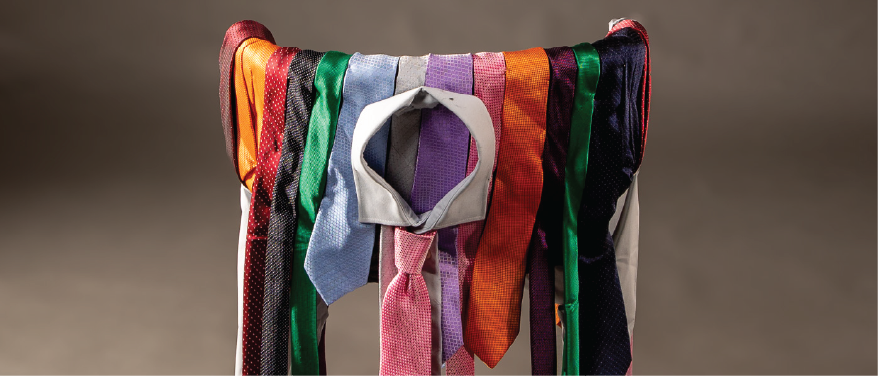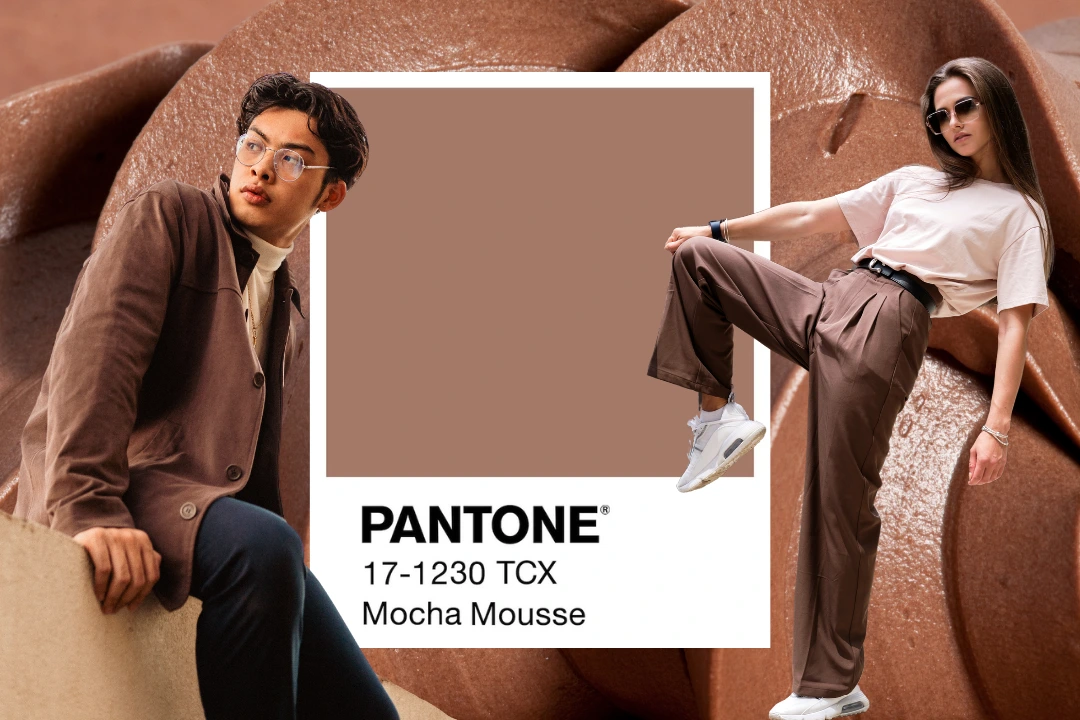It seems as though one of the more inherent human abilities is taking those cultural currents and turning them into art, most of the time unconsciously. Some of those themes that seem to permeate our culture—social media and television all the way into fashion—leak into daily life, sometimes in such subtle ways that we don’t even notice. In these times defined by the unpredictability of the 2024 Presidential election, complex global problems, and economic uncertainty, it would appear that a shared sense of disorientation and overwhelm takes center stage. But how will this influence fashion and what we wear? Now that September 2024 Fashion Month is behind us, we can begin to make sense of exactly how the above larger uncertainties have found their way into the season’s clothing.
Fashion as a Platform for Social Awareness
It began during New York Fashion Week with Anna Wintour and Dr. Jill Biden leading the march for voting awareness. To complete the finest, designers Tory Burch, Jack McCollough, and Lazaro Hernandez marched, all wearing Zac Posen’s “Fashion for Our Future” T-shirts, which only furthers the idea that current events dominate all facets of culture and finally into the mainstream media. It carries over into pop music, where singers like Olivia Rodrigo and Charli XCX wear graphic tees that bear messages with which their audiences identify, further illustrating the way in which global issues are permeating and shaping pop culture. Social media amplifies this effect, collapsing digital and real-life spaces into a geography in which politics, art, and entertainment increasingly intersect.
Navigating Uncertainty Through Personal Style
Self-expression and control through their personal style may be what people look for during times of uncertainty. Certainly, this climate of unpredictability inspires inventive designs-just look at Miuccia Prada’s Miu Miu collection. One can almost feel the chaos within the designs featuring unzipped dresses, open jackets, and athletic wear mixed in with nightgowns and ’70s details. Fashion is worn both as an expression and to release during turbulent times.
This mix-and-match approach establishes a look that is intentionally “unfinished,” which echoes the push in the fashion world to head toward sustainability. Diesel’s runway, built from 14,800 kg of denim scraps, makes a bold statement: there is “beauty in waste.” With circular fashion at its core, the collection aims to reduce waste by maximizing the lifespan of clothing, showing how runway trends can reflect global sustainability efforts. On the streets, we now see raw, pieced-together looks featuring fringe and patchwork, showcasing how the world’s issues, political, economic, and environmental, directly influence what we wear.
Fashion as a Reflection of Society
In the end, today’s fashion isn’t just a reflection of style but a mirror of society, capturing and channeling the anxieties, aspirations, and calls for change shaping our world. Through the clothes we wear, art, activism, and self-expression merge, reminding us that fashion is not just about what looks good but about what it stands for.
Istituto Marangoni Miami is designed to build just that perspective through its curriculum and environment; hence, it makes it unique among fashion schools. Besides the mastery of technical skills necessary in the industry, students are encouraged to express deeper narratives through fashion as a medium of cultural expression. Surrounded by the vibrant Miami fashion hub, they will learn to design and style with a critical eye, one that is attuned to the social concerns of today and the various cultural movements representing them. The experience this immersion gives provides the student the ability to create pieces more than just pleasing to the eye, but with meaning to depict the beat of our society in evolution.



